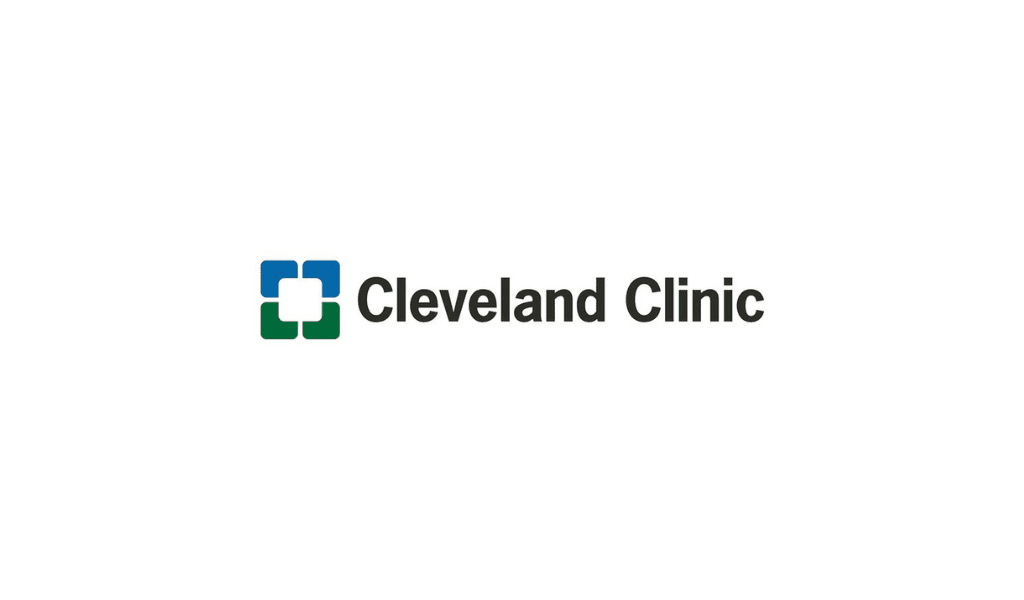Ways to navigate change when two healthcare organizations join forces.
By Tierney McAfee
Mergers and acquisitions in healthcare activity continue to be strong this year after hitting 2017’s new high of 115 transactions totaling $63.2 billion, according to an analysis by the consulting firm Kaufman Hall.
Two of the biggest driving forces behind the trend is rising healthcare costs and decreasing operating margins, says Staci Roberts, Senior Vice President for Cielo, the leading provider of Recruitment Process Outsourcing solutions to the healthcare industry.
However, recent research suggests that healthcare organizations aren’t seeing the cost savings they expected to realize from mergers or acquisitions. According to an August 2018 paper from The Wharton School at the University of Pennsylvania, hospitals being acquired are saving just 10 percent on average of the projected total cost savings, while acquirers aren’t realizing any cost savings.
Roberts says there are several reasons for the disparity, including a lack of planning and foresight, and difficulties in merging separate procedures and technology platforms. There can be a lack of accountability during an integration, causing organizations to take longer than expected to join two health systems together, delaying the benefits of the merger. The challenge of accountability and ownership impacts every department during M&A, including HR.
It’s not uncommon for HR functions to be left out of initial integration discussions. And sometimes we have even seen environments where the two HR departments are advised to not communicate with each other, whether it be for legal reasons or otherwise, says Roberts. This can create an environment of fear or competition, rather than one of joint ownership and partnership. It is important that HR leaders find a way to work with the executive team to gain support in opening lines of communication between the two HR departments.
“I think you have to find HR leaders who can look at both HR functions with the goal being to find a balance between the two health systems,” she says. “Creating a productive way to have those discussions about HR technology systems, process and procedure, employee compensation and benefits and so on, and make decisions prior to the actual go-live of the merger.” It is this type of planning that can help make a merger or acquisition more successful from the beginning.
“When speaking with HR leaders who are facing this type of change, we work to help them step back, and look at the bigger picture, to see the role they can play as a positive change agent. While M&A can be a stressful thing to go through, it does provide HR leaders a huge opportunity to elevate their career and grow their influence,” says Roberts.
We recommend that HR leaders consider a few key things as they look to take on the opportunity:
- Reach out to your peers at the other system to create alignment and drive for a role in the pre-planning M&A process.
- Develop your own workstream to outline the strengths and opportunities of each systems’ HR function, and create an integration and change management plan.
- Consider partnering with an outside organization that can bring their expertise on how to operationalize the plan in an efficient manner.
By partnering and recognizing the value your peers can bring, you will increase your credibility overall and help drive tangible results earlier in the process.














